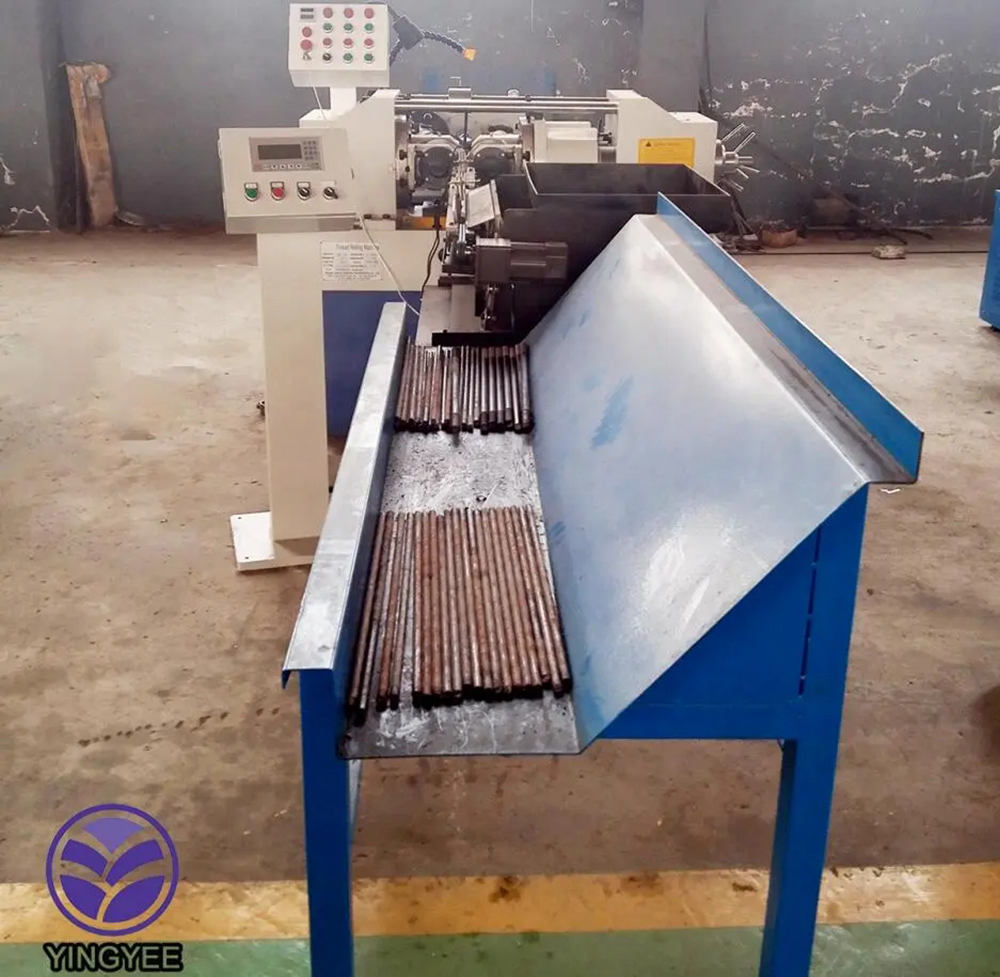
Understanding Tube Mill Equipment An Essential Component in Modern Manufacturing
Tube mill equipment plays a crucial role in various manufacturing processes, particularly in the production of welded and seamless tubes and pipes. This advanced machinery is integral to industries ranging from construction and automotive to aerospace and oil and gas. In this article, we will explore the essential components and functions of tube mill equipment, its applications, and the advantages it offers.
What is Tube Mill Equipment?
At its core, tube mill equipment is designed to create tubes from metal sheets. The process begins with flat strips of metal, which are processed and shaped into tubes through a series of mechanical operations. This typically involves several machines that perform functions such as feeding, forming, welding, and finishing the tubes to meet specific requirements.
The key components of tube mill equipment include
1. Decoiler This device unwinds the metal coil into a flat strip, providing a consistent feed for the subsequent operations. 2. Roll Forming Mill This segment consists of a series of rollers that gradually shape the flat strip into a cylindrical form. The precision of these rollers is paramount to ensure uniformity in the tube's dimensions.
3. Welding Machine Depending on whether the tube is welded or seamless, a welding machine is employed to join the edges of the formed tube. High-frequency induction welding is a popular method, offering strong and reliable joints.
4. Cooling Systems After the welding process, tubes need to be cooled to prevent warping. Cooling systems, often utilizing water or air, ensure the integrity of the tubes.
5. Cut-off Machine This machine cuts the welded tube to the desired lengths. Precision cutting is essential to meet specifications for final products.
6. Finishing Equipment Finally, finishing systems polish, deburr, or treat the tube surfaces to ensure they meet the required quality standards for various applications.
Applications of Tube Mill Equipment
Tube mill equipment is versatile and finds applications across a multitude of industries
1. Construction Tubes are used in structural applications, including scaffolding and as support beams in buildings. The strength and durability of the tubes produced are critical for safety and stability.

2. Automotive Tubing is essential for vehicle frames, exhaust systems, and other components. The lightweight yet robust nature of the tubes enhances vehicle performance and fuel efficiency.
3. Oil and Gas In this sector, tubes are utilized for drilling, transportation, and storage of liquids and gases. The ability to produce corrosion-resistant and high-pressure rated tubes is vital.
4. Aerospace Tubes manufactured for aerospace applications require stringent quality control and specific alloys for strength and lightness, crucial for the performance of aircraft.
5. Heat Exchangers and Boilers Tubes used in heat exchangers and industrial boilers must handle high temperatures and pressures, necessitating advanced tube mill technologies.
Advantages of Tube Mill Equipment
The use of tube mill equipment provides numerous benefits to manufacturers
1. Efficiency Automated tube mill systems reduce the need for manual labor, speeding up production rates while minimizing errors.
2. Versatility Modern tube mills can produce various tube sizes, shapes, and materials, accommodating diverse customer needs and market demands.
3. Cost-Effectiveness By optimizing the manufacturing process, tube mills reduce waste and lower production costs, enhancing profitability.
4. Quality Control Advanced technology in tube mills allows for continuous monitoring and quality checks, ensuring that the final products meet industry standards.
5. Customization Manufacturers can create custom sizes and specifications, allowing for tailored solutions for unique projects.
Conclusion
Tube mill equipment represents a fundamental aspect of modern manufacturing, enabling the efficient production of essential components across various industries. With technological advancements, these systems continue to evolve, offering improved efficiency, versatility, and quality. As industries strive for higher standards and sustainability, tube mill equipment will undoubtedly play a pivotal role in shaping the future of manufacturing, meeting the demands of an ever-changing market landscape. Understanding the intricacies of this equipment not only highlights its importance but also underscores the innovation driving the manufacturing sector forward.